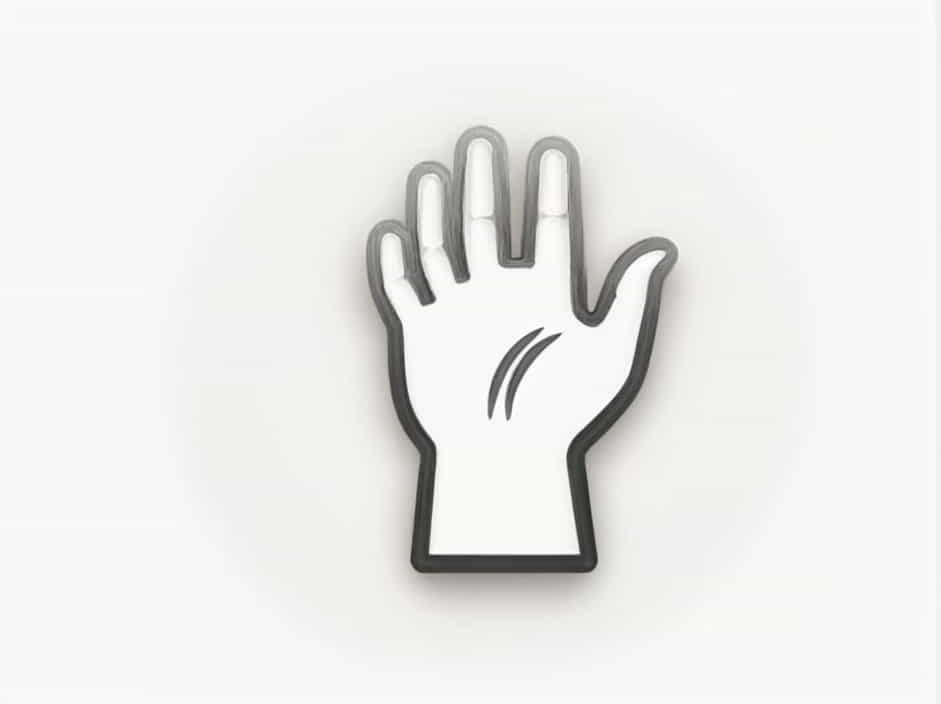The volar aspect of the metacarpal head is a crucial anatomical structure in the hand. It plays an essential role in finger movement, grip strength, and joint stability. This area is often discussed in orthopedics, physical therapy, and hand surgery due to its involvement in conditions like arthritis, fractures, and ligament injuries.
In this topic, we will explore the anatomy, function, clinical significance, and common conditions affecting the volar aspect of the metacarpal head.
Anatomy of the Volar Aspect of the Metacarpal Head
1. What Is the Volar Aspect?
The term “volar” refers to the palm side of the hand. In anatomical terminology, the volar aspect is also known as the palmar side.
The metacarpal head is the rounded end of the metacarpal bone, which connects to the proximal phalanx of the fingers. It forms the metacarpophalangeal (MCP) joint, allowing for finger flexion, extension, abduction, and adduction.
2. Structure of the Metacarpal Head
Each metacarpal bone consists of:
- Base – Connects to the wrist bones (carpals).
- Shaft – The long part of the bone.
- Head – The rounded distal end that articulates with the proximal phalanx.
The volar aspect of the metacarpal head is covered by cartilage, ligaments, and synovial fluid, which help in smooth joint movement and reducing friction.
Function of the Volar Aspect of the Metacarpal Head
The volar aspect of the metacarpal head plays a key role in:
1. Finger Movement
The MCP joint allows for:
- Flexion and extension (bending and straightening).
- Abduction and adduction (spreading and closing fingers).
2. Grip and Dexterity
The volar structures, including the volar plate and ligaments, provide stability during activities like gripping, writing, and lifting objects.
3. Protection of Soft Tissues
The volar aspect houses important tendons, nerves, and blood vessels that control finger movement and sensation.
Common Conditions Affecting the Volar Aspect of the Metacarpal Head
1. Metacarpophalangeal (MCP) Joint Arthritis
- Caused by: Wear and tear of cartilage, leading to pain and stiffness.
- Symptoms: Swelling, decreased range of motion, and joint deformity.
- Treatment: Anti-inflammatory medications, splinting, and sometimes surgery.
2. Volar Plate Injuries
- Caused by: Hyperextension injuries (e.g., finger bending too far backward).
- Symptoms: Pain, swelling, and difficulty bending the finger.
- Treatment: Immobilization, physical therapy, or surgery in severe cases.
3. Metacarpal Head Fractures
- Caused by: Direct trauma, such as punching or falling on an outstretched hand.
- Symptoms: Pain, bruising, and difficulty moving the finger.
- Treatment: Casting, splinting, or surgical fixation.
4. Trigger Finger (Stenosing Tenosynovitis)
- Caused by: Inflammation of the flexor tendons passing through the volar aspect.
- Symptoms: Finger stiffness, clicking sensation, and locking in a bent position.
- Treatment: Anti-inflammatory injections, splinting, or surgery.
Medical and Surgical Considerations
1. Physical Examination
Doctors assess the volar aspect of the metacarpal head by:
- Checking for pain and swelling.
- Testing finger mobility and grip strength.
- Performing X-rays or MRI scans to detect joint damage.
2. Non-Surgical Treatment Options
- Rest and immobilization – Using splints to prevent excessive movement.
- Physical therapy – Strengthening exercises for hand function.
- Medication – Anti-inflammatory drugs for pain relief.
3. Surgical Interventions
In severe cases, procedures such as MCP joint replacement, ligament repair, or fracture fixation may be required.
Rehabilitation and Recovery
After an injury or surgery, rehabilitation focuses on:
- Regaining range of motion through gentle exercises.
- Strengthening hand muscles to restore grip function.
- Preventing stiffness with regular stretching and mobility exercises.
Hand therapy plays a crucial role in recovery and preventing long-term complications.
The volar aspect of the metacarpal head is a vital structure in hand function, grip strength, and joint movement. It plays a significant role in daily activities and is prone to injuries such as arthritis, fractures, and ligament tears.
Understanding its anatomy, function, and common conditions can help in early diagnosis, effective treatment, and rehabilitation. Proper care and medical attention are essential for maintaining healthy hand function and preventing long-term complications.
